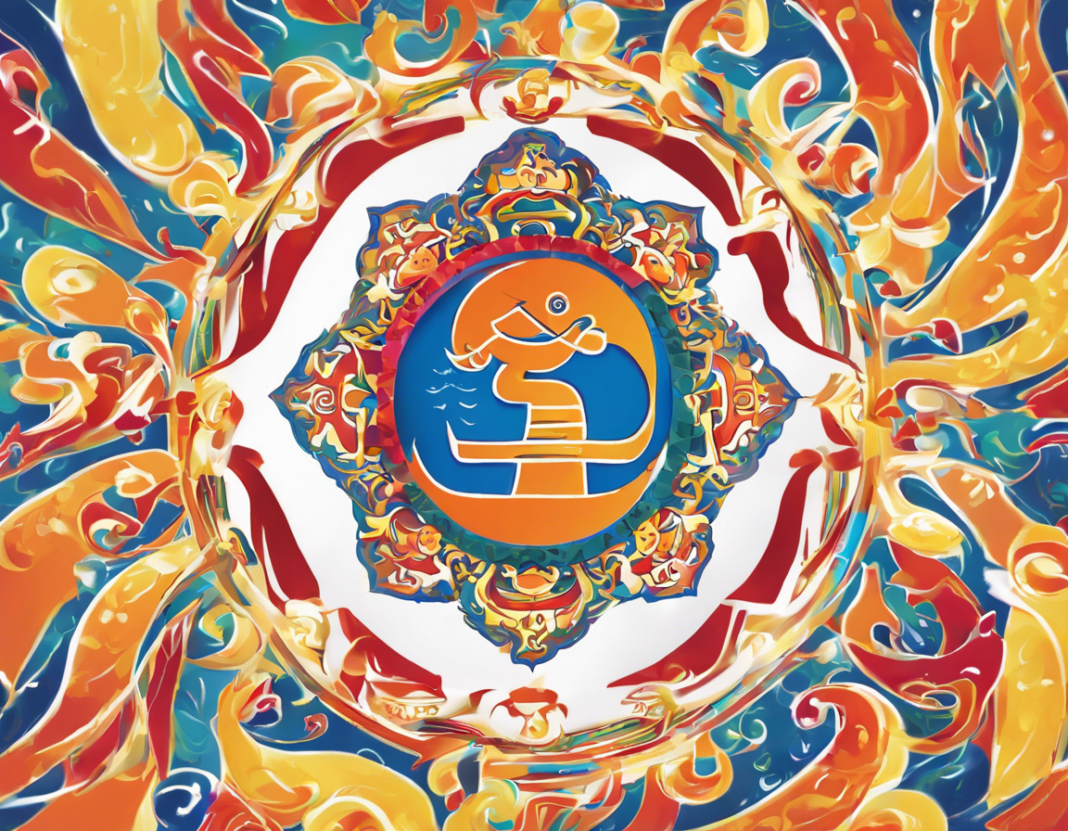Losar is a sacred and joyous festival celebrated in Tibet, Nepal, Bhutan, and various regions across the world, marking the Tibetan New Year. This vibrant and culturally rich event takes place over a period of 15 days, with festivities culminating on the first three days. Losar, which means “New Year” in Tibetan, holds deep spiritual, cultural, and social significance, making it a revered tradition for Tibetan communities worldwide.
History and Significance of Losar
The origins of Losar can be traced back to ancient Tibetan Bon religion, which predates Buddhism in Tibet. With the advent of Buddhism in the region, Losar became intertwined with Buddhist traditions, blending spiritual rituals with cultural practices. The festival symbolizes the victory of good over evil and is a time for renewal, purification, and coming together as a community.
Preparations for Losar
Preparations for Losar typically begin weeks in advance, with families engaging in thorough cleaning of their homes, purchasing new clothes, and preparing traditional food and sweets. Monasteries and temples are adorned with colorful decorations, and prayer flags are hung to usher in positivity and prosperity for the coming year. Spiritual practices, such as offering incense, butter lamps, and prayers, play a central role in the lead-up to Losar.
Celebrations During Losar
The first day of Losar, known as ‘Lama Losar,’ is dedicated to honoring the contributions of lamas and teachers in the community. Offerings are made at monasteries, and special prayers and rituals are performed to seek blessings for the year ahead. The second day, ‘Gyalpo Losar,’ focuses on expressing gratitude to protectors and deities, with elaborate ceremonies held to ensure their continued blessings and guidance.
Traditional Practices and Customs
Losar is steeped in various customs and practices that emphasize spiritual devotion, community bonding, and cultural expression. One of the most prominent customs is the ‘Guthuk’ feast, where a special soup containing hidden objects is prepared. It is believed that the object a person finds in their bowl foretells their characteristics and fortunes for the upcoming year.
Another significant practice is the creation of intricate sand mandalas, which are meticulously designed and then ritually dismantled to symbolize impermanence. This process serves as a reminder of the transient nature of life and the importance of detaching from material attachments.
Music, dance, and traditional attire also play a vital role in Losar celebrations, with vibrant performances showcasing the rich cultural heritage of the Tibetan people. The colorful costumes, intricate headdresses, and rhythmic movements serve to invoke joy and festivity during the New Year festivities.
FAQs
-
What is the significance of Losar in Tibetan culture?
Losar holds immense cultural, spiritual, and social significance for Tibetan communities, symbolizing new beginnings, renewal, and the triumph of good over evil. -
How is Losar celebrated in different regions?
While the essence of Losar remains similar across regions, each community may have unique customs and rituals that reflect their cultural diversity. -
What are some traditional foods eaten during Losar?
Traditional foods like ‘kapse’ (sweet pastries), ‘khabsey’ (biscuits), and ‘dresil’ (sweet rice) are commonly enjoyed during Losar celebrations. -
Is Losar only celebrated by Tibetan Buddhists?
While Losar is deeply rooted in Tibetan Buddhist traditions, it is also celebrated by followers of the Bon religion and other indigenous faiths in the region. -
How long does Losar last?
Losar festivities span over a period of 15 days, with the main celebrations typically occurring during the first three days of the Tibetan New Year.
Embracing the traditions of Losar is not only a celebration of cultural heritage but also a time to reflect on the teachings of impermanence, compassion, and unity. By partaking in the rituals and festivities of Losar, individuals can deepen their connection to Tibetan culture and contribute to the preservation of this unique and cherished tradition.

